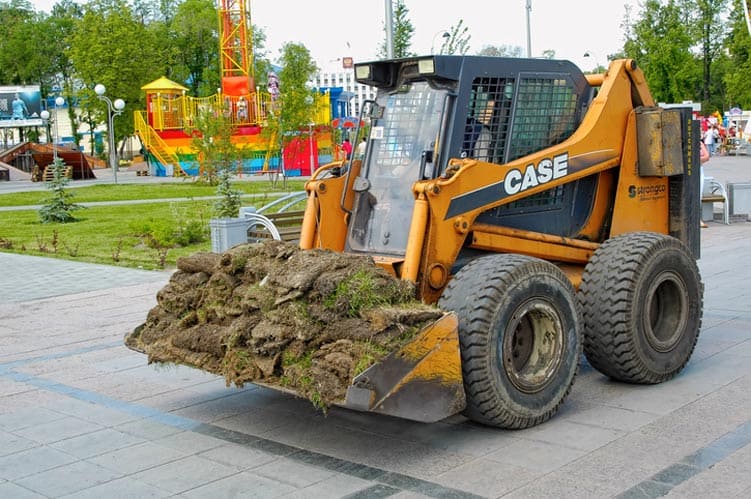Now, for those of you who don’t know, a mini skid steer is a small, compact piece of construction equipment that’s designed to help move dirt, gravel, and other materials around a job site. They’re incredibly useful machines, and they’ve revolutionised the way we approach certain construction tasks.
However, like any piece of heavy machinery, mini skid steers can be dangerous if not used correctly. And unfortunately, I’ve seen too many accidents happen on job sites due to improper use of this equipment.
So, let’s talk about some of the dangers associated with mini skid steer equipment. Firstly, there’s the risk of tipping over. These machines are designed to be stable, but if they’re not operated on level ground, or if they’re overloaded, they can easily tip over. This can result in serious injury or even death.
Another danger associated with mini skid steers is the risk of crushing injuries. Because of their size and weight, these machines can easily crush someone who gets in the way. That’s why it’s important to always be aware of your surroundings when operating a mini skid steer.
Now, let’s talk about some safety recommendations to keep in mind when working with mini skid steer equipment. Firstly, always make sure that you’re properly trained on how to use the machine. This means taking a training course and familiarising yourself with the operator’s manual. If you’re not properly trained, you’re putting yourself and everyone around you at risk.
Next, always wear the proper safety gear. This includes a hard hat, safety glasses, ear protection, and steel-toed boots. These items may seem like a hassle, but they can save your life in the event of an accident.
When operating the mini skid steer, always be aware of your surroundings. Make sure there are no people or obstacles in your way before you start moving. And if you need to move the machine across a slope, make sure you do so slowly and carefully.
Another safety recommendation is to never overload the mini skid steer. These machines have weight limits for a reason, and exceeding them can result in serious accidents. Always make sure you’re operating within the recommended weight limits.
Finally, always maintain the mini skid steer properly. This means checking the machine before each use, and making any necessary repairs or adjustments. If you notice something isn’t working properly, stop using the machine and have it checked out by a professional.
In conclusion, mini skid steer equipment can be incredibly useful on a job site, but it’s important to remember the dangers associated with them. By following these safety recommendations, you can help ensure that you and your team stay safe while using this equipment. Remember, safety should always be your top priority on the job site. Stay safe out there, everyone!
Cheers,

![]()






